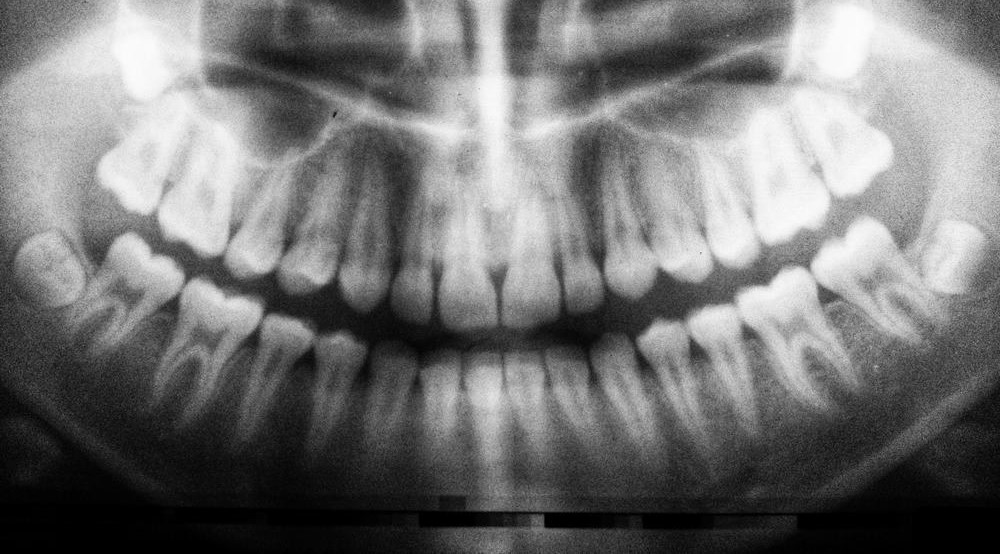 Umanoide via Unsplash
Umanoide via UnsplashIf they don’t grow in right, most people will treat their wisdom teeth as bio-baggage, useful only for preventing money from burning a hole in one’s pocket due to the surgical costs of removing them.
But an astounding new discovery has found that this third set of molars contain a unique form of human stem cell that can be harvested and used to regrow bone, heart tissue, and even neurons.
It’s an exciting field full of promise, full of potential benefits, but substantial amounts of further research and evidence is needed to truly understand what these four extra teeth could do for us in the long term beyond tearing up almonds and salad.
For starters, wisdom teeth contain a soft center of tissue called dental pulp that keeps the tooth alive. This pulp contains immature cells which a team of scientists at the University of the Basque Country in Spain have transformed into several different kinds of cells.
Dr. Gaskon Ibarretxe, an associate professor in the Cell Biology and Histology Department at the university, led a recent study that turned pulp cells into electrically excitable pseudo-neurons that demonstrated “essentially electrical activity” in concert with proper neurons.
They could help treat damaged brain circuitry from any number of conditions or trauma.
According to Earth.com, pulp-derived stem cells have some interesting and unique properties, including the capacity to build mineralized tissue faster than bone marrow-derived stem cells. Scientists have used dental‑pulp secretions to improve heart ejection fractions in mice with heart failure, and in vitro, these cells seem to lay down layers of collagen and calcium in neat, orderly sheets, making them potentially attractive for joint cartilage repair.
From the logistics and cost standpoint, they’re an ideal source of stem cells. Bone marrow cells require painful injections that sometimes can’t involve anesthesia, while embryonic or placental stem cells without ethical concerns require someone to decide to have a baby.
MORE DENTISTRY ADVANCES: UPDATE—World’s First Drug to Regrow Teeth Enters Clinical Trials
By contrast, almost all humans are born with wisdom teeth, and they’re often removed in the teenage years when little DNA damage has taken place inside the dental pulp; making them exceptionally malleable and safer.
Earth.com claims 10 million wisdom teeth are removed every year, but the process of sending them to a biobank could be very simple. A kit—offered by a company like Stemodontics—could be bought and shipped to a dentist’s office ahead of the procedure. The tooth is put in a vial, placed on dry ice, and rushed to a lab where the pulp would be extracted and preserved as a potentially life-changing form of cellular insurance.
MORE DENTISTRY ADVANCES: These Micro-robots Can Clean Teeth By Shapeshifting into Toothbrush or Floss Forms
No donor cells means no risks of rejection, which means no waiting list for finding a matching donor; the dental-pulp cells would be available as soon as they’re needed. If covered by a dental insurance plan, their storage could result in tens of thousands of dollars saved down the line if some of these treatments prove executable and effective.
SHARE This Wild Scientific Discovery With Your Friends Who Have Wisdom Teeth…
Source link

